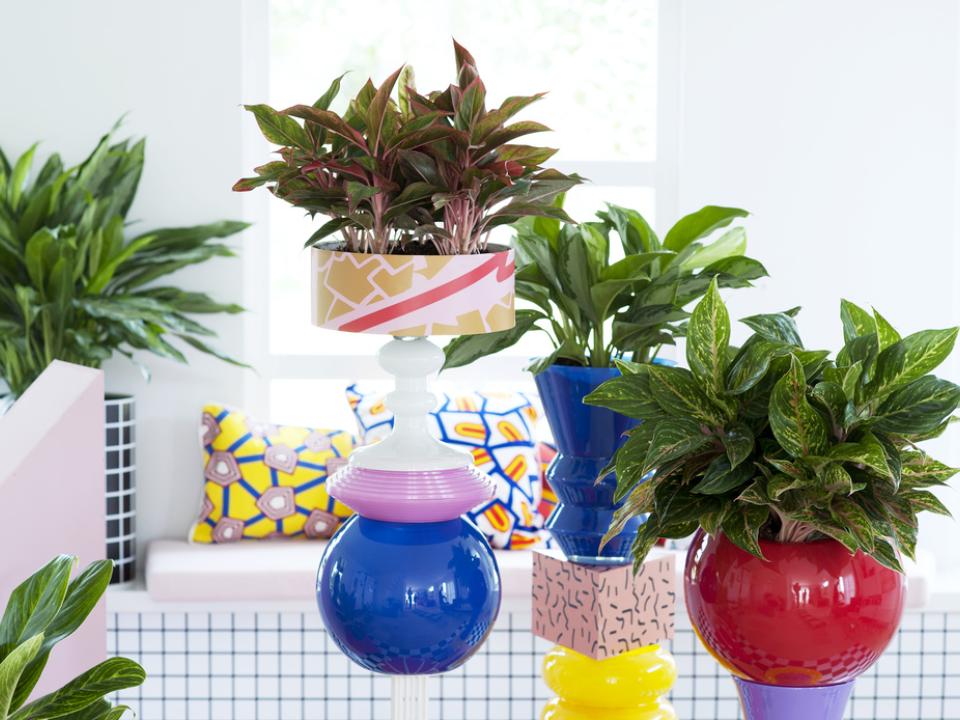Chinese symbols of wealth
The Chinese were growing plants in the home for ornamental purposes as early as 1,000 BC when indoor plants were seen as a symbol of wealth. They also gave budding gardeners a chance to practice their skills all year round when outdoor temperatures were extreme.
Try it at home: Why not pay homage to the houseplant trailblazers with a Chinese evergreen plant? Keep it happy in indirect sunlight and warm, humid conditions.
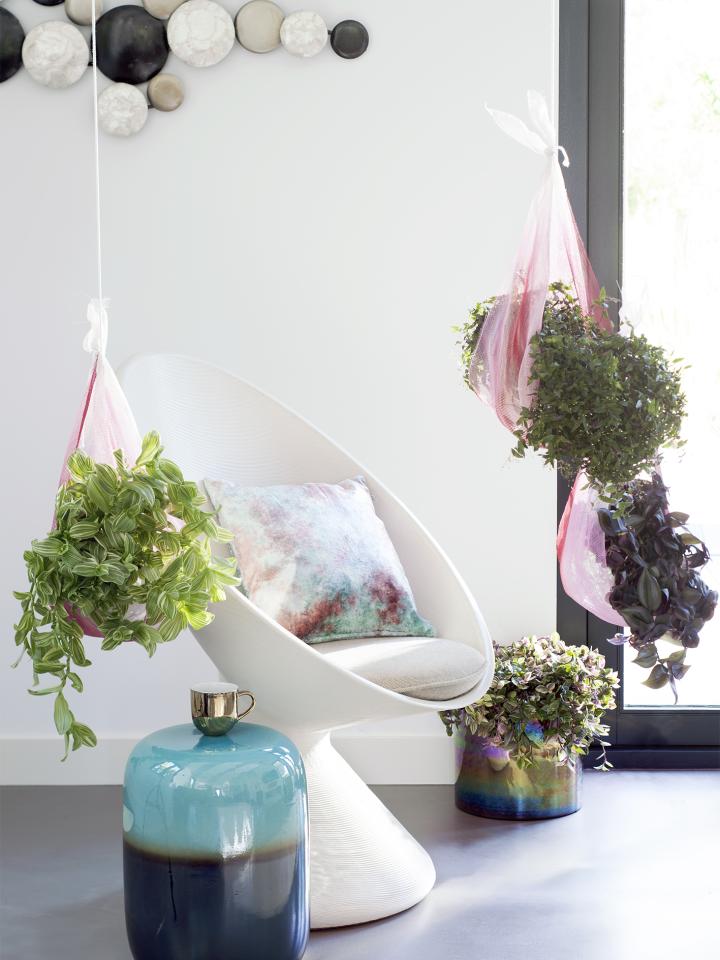
A topsy-turvy spectacle of foliage and flowers, the Hanging Gardens of Babylon are pretty ‘out there’ even by today’s standards. One of the seven ancient Wonders of the World, it’s believed the gardens were cultivated by King Nebuchadnezzar II in around 610 BC as a botanical haven for his wife Queen Amytis, who missed the green hills and valleys of her homeland. Nebuchadnezzar had his team of trusty gardeners cultivate fragrant flowers and palm, cedar and date trees to grow upside down from the ceiling.
Try it at home: Take a tip from the great ruler and create your own Wonder of the Home with a palm plant suspended from the ceiling in a DIY hanging planter.
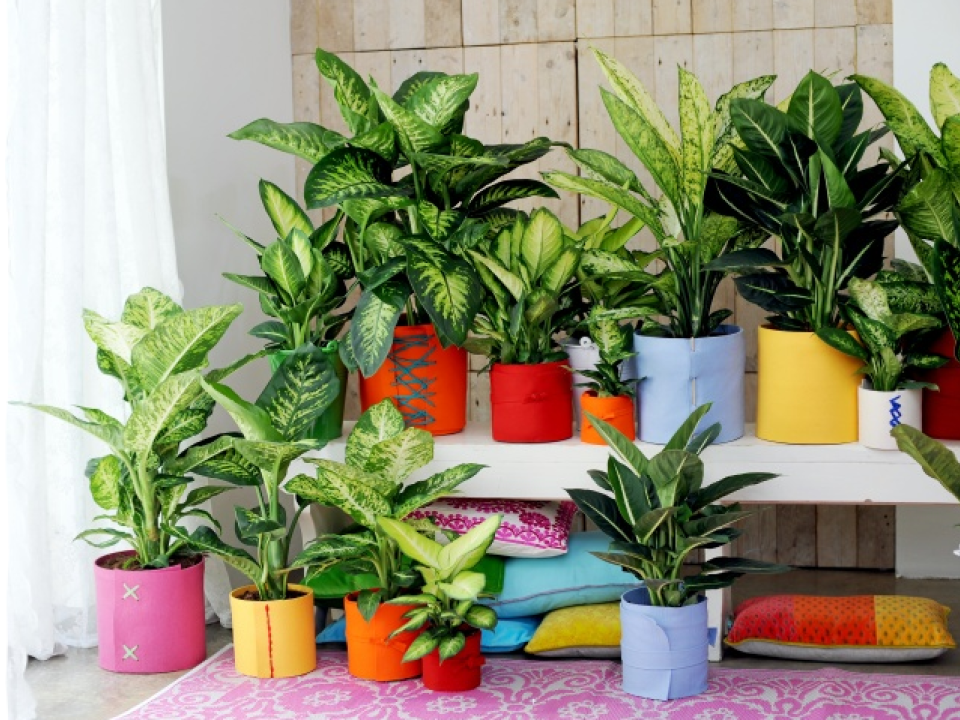
New World, new exotic plants
Ever since Christopher Columbus landed in the Bahamas with its lush array of tropical flora, exotic plants have been making their way across the oceans to bring a taste of the tropics to those of us living in chillier conditions. In fact, tropical plants have never been more popular – and make the ideal houseplants thanks to their love of warm, humid conditions.
Try it at home: If you’re looking for a tropical plant that will bring exotic beauty to your home – but won’t be too demanding, look no further than the dumb cane (Dieffenbachia) with its stunning variegated leaves and air-purifying qualities.
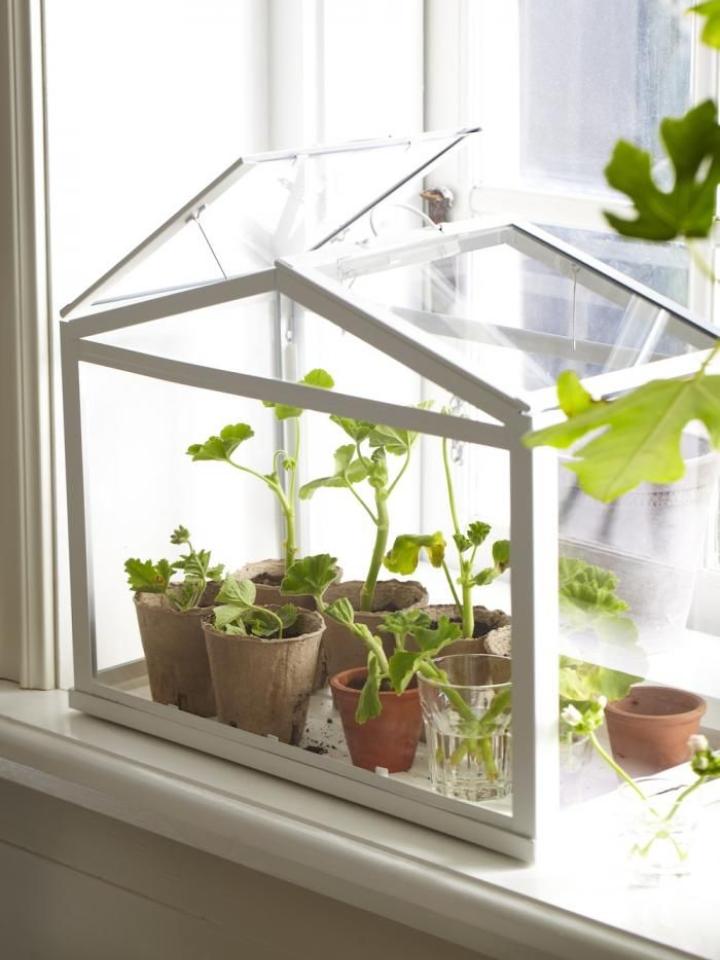
The greenhouse effect
The growing of houseplants didn’t garner much mention until 17th century when English agricultural authority Sir Hugh Platt wrote of cultivating plants indoors in his tome The Garden of Eden (1652). Not long after that, greenhouses began to crop up, built for the purpose of housing exotic plants.
Try it at home: As an ode to the greenhouse, why not create your own DIY miniature greenhouse?
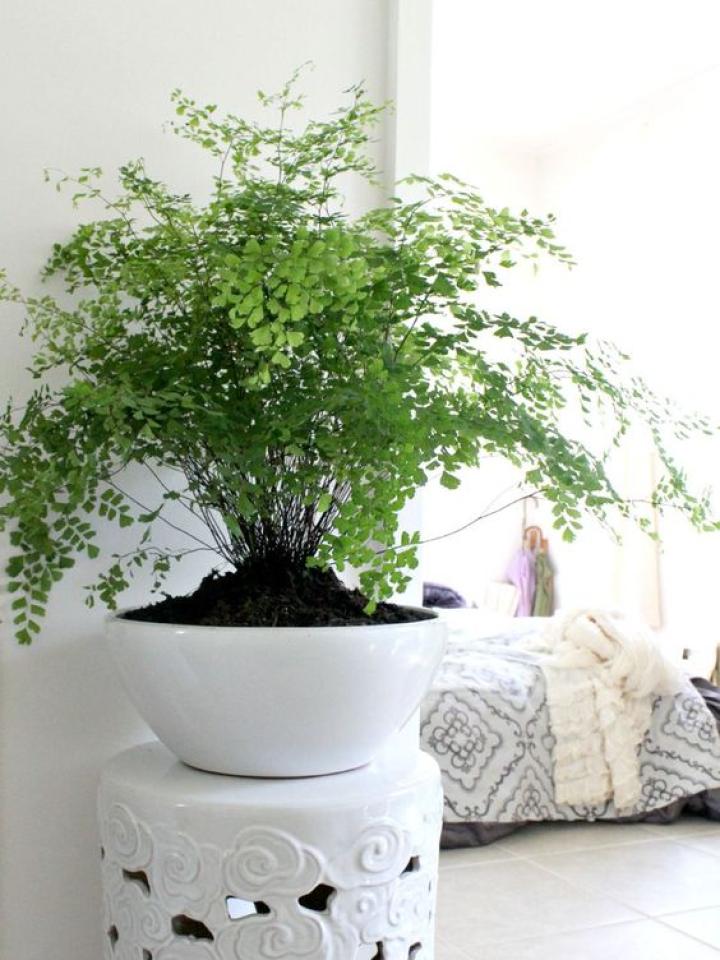
Houseplants were becoming ever popular by the Victoria era but poorly lit houses, temperature extremes and the high levels of pollutions caused by coal fires and gas lanterns made for pretty hostile conditions for delicate plants. That’s why hardy species, such as the aspidistra (or aptly named cast iron plant) became such a popular choice. As times changed, people were able to heat their homes and architeture advanced allowing higher ceilings, more floors, and larger windows. This meant that there were more options available to the Victorians. England is famous for its delicately hued meadows and heaths of mosses, squiggly ferns, and blue and purple grasses and these earned their place in the house.
Try it at home: Modern homes might not offer the same challenges as those of our Victorian ancestors – but busy, modern lives mean less time to spend on plant care than ever. Check out our pick of the top 5 easiest indoor plants to have at home.

